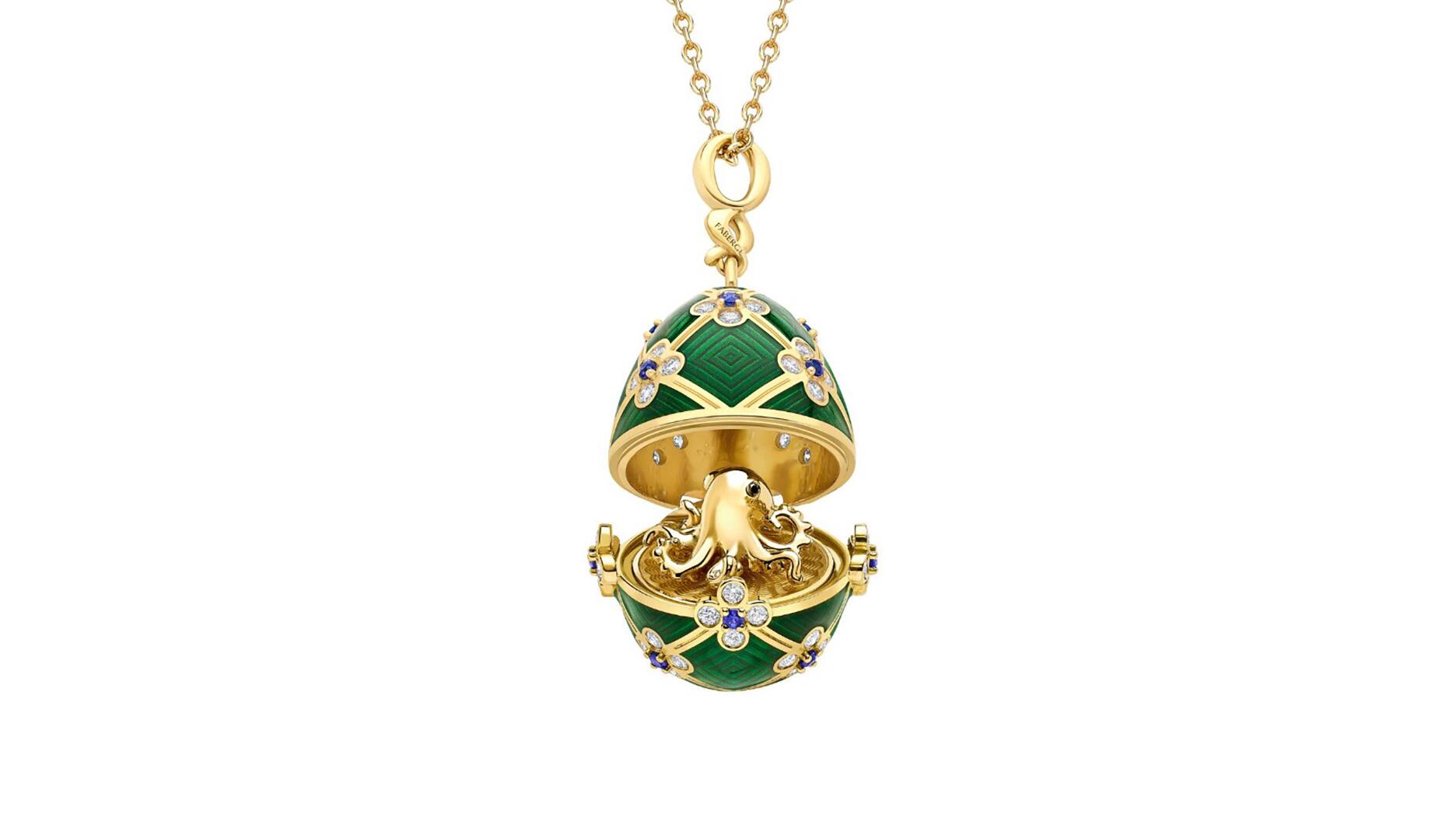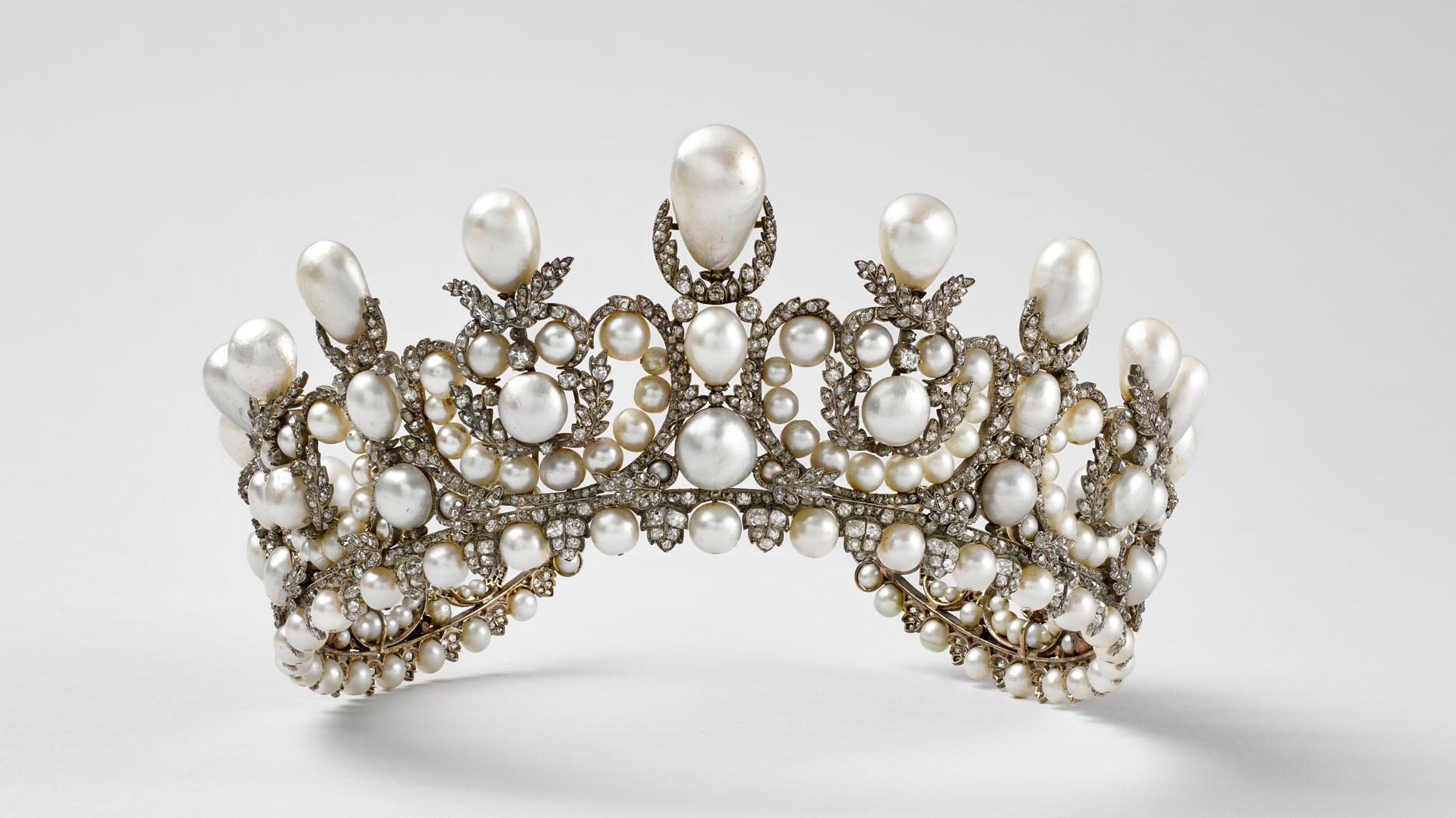Set in a Tiffany & Co. necklace, it sold for $4.2 million, the highest price and price per carat paid for a Paraíba tourmaline at auction.
To Catch a Thief, There’s DNA Spray
The Intruder Spray System is used in banks and convenience stores in Europe, and now has been installed in a high-end watch boutique on New York’s 57th Street.

New York—The company behind the fine, harmless mist that’s been deployed to deter and detain thieves in Europe for a decade is making a push into the U.S. market.
SelectaDNA’s Intruder Spray System (ISS) uses forensic markers, or DNA, but not the same kind police use to crack the cold cases featured on “Dateline” or that led to the arrest of the man believed to be the Golden State Killer after three decades.
What’s used in ISS is synthetic DNA that, just like human DNA, can be used to tie suspects to a particular place and time.
Installed at points of entry and exit, the system works by spraying the perpetrator or perpetrators with a fine, non-toxic water-based mist dispensed from a canister that’s about the size of a standard aerosol cleaner or beauty product.
The canisters can be installed anywhere—above doors, by windows, in ceilings, in walls, or in the ground—and the spray is triggered in a number of ways, said Joe Maltese, who is handling sales and marketing for SelectaDNA in the United States.
It can be integrated with a store’s security system or wired to its motion detectors so it hits people who trip the alarm, or activated manually via panic buttons or money clips, meaning jewelers who are in the store during a robbery can press a button to spray the perpetrator on his or her way out.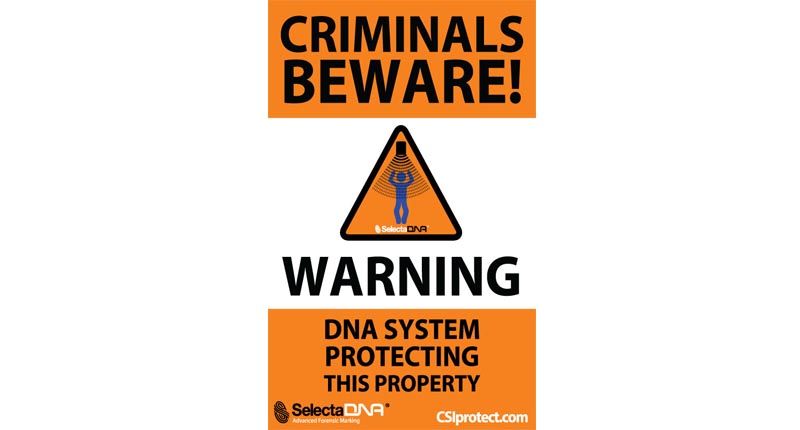
A high-tech version of the dye packs invented in the ‘60s to foil bank robberies, the spray marks the suspect with an invisible, odorless substance that stays on his or her skin for 4-6 weeks and on clothing for a bit longer, up to three months.
If the suspect is taken into custody during that time, the mist will show up under a special-frequency ultraviolet light. Police can then take a swab and send it to the SelectaDNA lab for analysis.
Maltese explained that the spray in each canister has its own long, unique code that’s used only once, so when the lab receives a swab, it can say with 100 percent accuracy that particular spray
“It’s impossible that they [the suspects] were not there because that code is never used again,” he said while pointing out that the forensic marker is used in concert with other evidence, such as first-hand accounts and surveillance video, to help prosecute suspects.
The cost varies depending on the size and complexity of the system, but Maltese said plans start around $80 a month. There is also a $240 fee to replace each canister. The canisters must be replaced every time they’re activated, or once a year if they haven’t been used.
WATCH: The Intruder Spray System in Action
SelectaDNA’s Intruder Spray System, which is distributed through CSI Protect in North America, is used in 46 countries by banks, fast-food chains, convenience stores and jewelry companies including TAG Heuer, Pandora, Chanel, and Watchfinder & Co.
Originally piloted in the U.S. market in 2015, ISS is currently installed in five places here: a rare book store in Florida, two convenience stores, one major national retail chain Maltese said he can’t name because of a non-disclosure agreement, and one watch boutique—the Richard Mille flagship on 57th Street in New York.
The high-end watchmaker is the first retailer in New York state to use it, marking the first adoption of the technology by a watch or jewelry retailer in the U.S., a market that SelectaDNA is looking to break into (no pun intended).
In a statement emailed to National Jeweler, Richard Mille said it learned of the system in Europe and found it to be a “worthwhile addition” to the new flagship location in Manhattan.
Questions & Answers
As with any security system, there are, of course, some drawbacks and questions about the Intruder Spray System.
No. 1 is awareness. Police have to be educated about the system so they know to look for the invisible film and have the proper equipment to detect it.
Maltese acknowledged that the company’s efforts to educate law enforcement agencies across the entire United States are akin to a “marathon;” they will be ongoing for years because of the size of the market. In New York, the company is working with the state sheriff’s association, and in Florida, they’re working with the Florida Law Enforcement Exchange.
Jewelers’ Security Alliance President John J. Kennedy described ISS’s adoption as a “long-term proposition.”
“[The system is] going to have to become accepted and widely used and the police are going to have to be knowledgeable about it,” he said. “There’s a big learning curve here.”
Kennedy brought up another concern he has with the system—the fear of retaliation from criminals if they realize they’ve been sprayed.
“When there’s nobody in the store, like in a burglary, it seems less risky; they won’t hurt anybody,” he said. “In a robbery situation, however, I just hope it doesn’t precipitate violence or retaliation.”
Maltese said criminals don’t notice that they’ve been sprayed, as they are usually charged with adrenaline and focused on one task—getting out of the store they robbed as quickly as possible. He added that there have been zero incidents of a criminal retaliating after being sprayed.
Kennedy said the JSA does not endorse any specific products or companies, but he did allow that he thinks SelectaDNA “has the best handle” on the DNA spray technology and are working with police departments and the industry in a “sensible way” to try to get it into jewelry stores and offices.
SelectaDNA is one of a fresh crop of companies popping up to pitch technology-based security solutions to the jewelry industry. It is a revival of the boom seen in the mid-1990s, before the dot-com bubble burst, that’s been made possible by the availability of startup money and advances in technology.
Kennedy said JSA is always on the lookout for new technologies that could aid with security and the rest of the industry should be too.
He said, “Retailers and other jewelers should keep abreast of things to see what will apply to their own businesses.”
The Latest

The jeweler’s “Deep Freeze” display showcases its iconic jewelry designs frozen in a vintage icebox.

Take luxury gifting to new heights this holiday season with the jeweler’s showstopping 12-carat sphene ring.

How Jewelers of America’s 20 Under 40 are leading to ensure a brighter future for the jewelry industry.

This year's theme is “Unveiling the Depths of the Ocean.”


In its annual report, Pinterest noted an increase in searches for brooches, heirloom jewelry, and ‘80s luxury.

Starting Jan. 1, customers can request the service for opal, peridot, and demantoid garnet.

Roseco’s 704-page catalog showcases new lab-grown diamonds, findings, tools & more—available in print or interactive digital editions.

The 111-year-old retailer celebrated the opening of its new location in Salem, New Hampshire, which is its third store in the state.
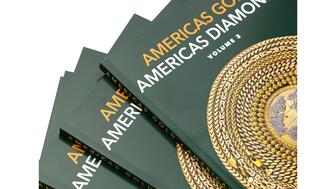
The new catalog features its most popular chains as well as new styles.
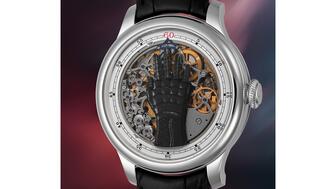
The filmmaker’s personal F.P. Journe “FFC” prototype was the star of Phillips’ recent record-setting watch auction in New York.

The new location in the Design District pays homage to Miami’s Art Deco heritage and its connection to the ocean.

Inflations, tariffs, and politics—including the government shutdown—were among consumers’ top concerns last month.
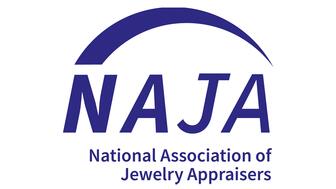
“Longtime favorite” presenters, as well as first-time speakers, will lead talks and workshops at the annual event in Tucson next year.

Silas Smith of Meridian Metalworks won the challenge with his pendant that blends Australian and American landscapes.

The sale of the 31.68-carat, sunset-hued stone was part of Sotheby’s first series of events and auctions in Abu Dhabi.

Most customers who walk into your store this month have made up their minds. Your job is to validate their choice, Emmanuel Raheb writes.

The collection features characters and motifs from Ukrainian folklore, including an enchanted mirror and a magic egg.

MatrixGold 3.11, the newest version of the jewelry design program, offers more flexibility, precision, and creative control.

The pavilion will be part of the 2026 JA New York Spring show, scheduled for March 15 to 17.

Kadet, a 1994 National Jeweler Retailer Hall of Fame inductee, helped grow the family-owned retailer in the Chicago area and beyond.

Billed as the world’s smallest wearable, Lumia Health’s new smart earrings have a health tracker subtly embedded in the back.
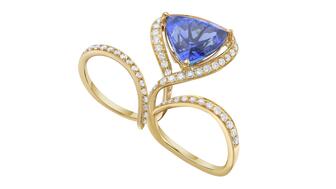
Don’t let those with December birthdays feel blue. Help them celebrate their month with blue zircon, turquoise, and tanzanite.

The new pink sapphire version of the piece dances with its wearer in the brand’s “Icons After Dark” holiday campaign.

A choice that’s generated a lot of commentary, Pantone says “Cloud Dancer” marks a fresh start and encourages relaxation and creativity.
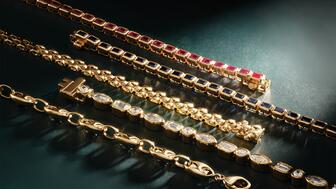
The manufacturer’s holiday campaign features a gift guide filled with trending designs and jewelry that can be personalized.

The Florida independent expanded its store from 8,000 to 14,000 square feet, fulfilling the vision of its late co-founder, Jim Dunn.









